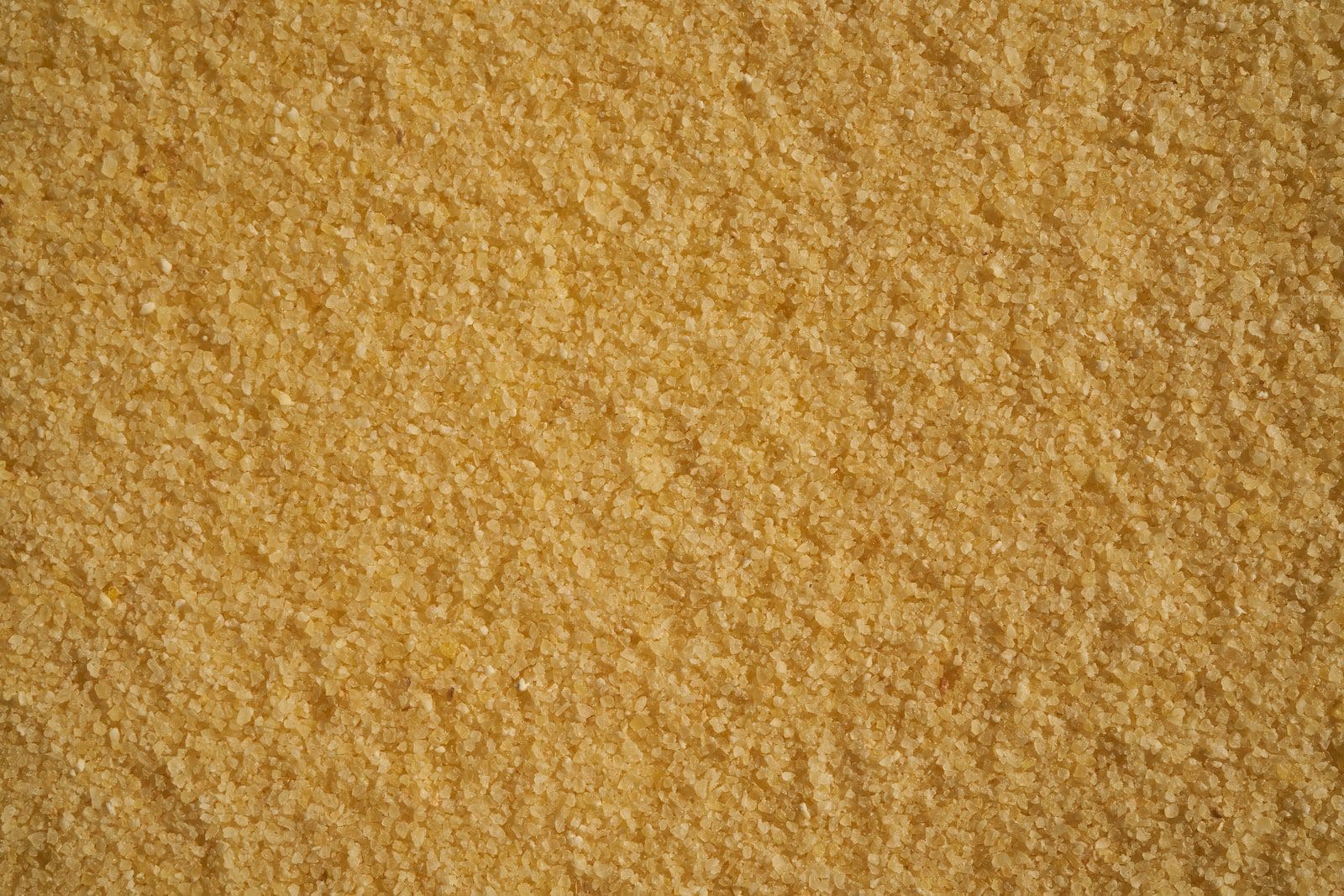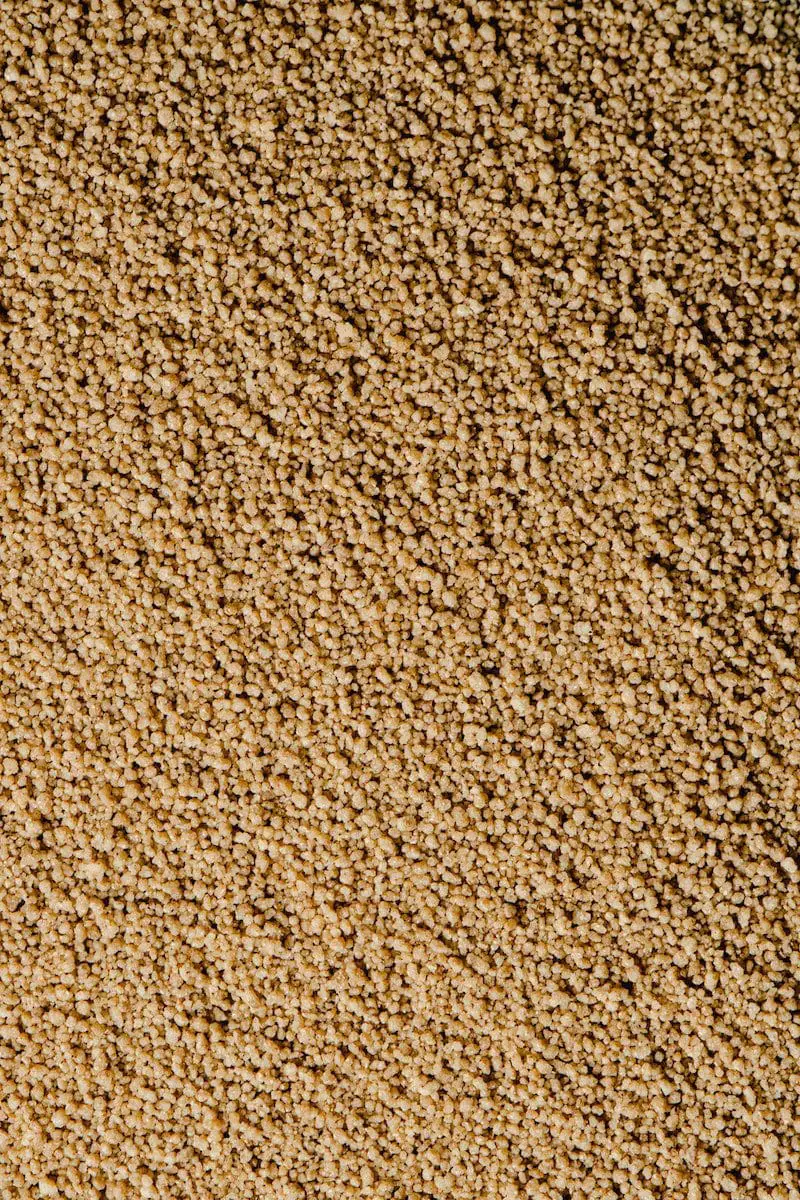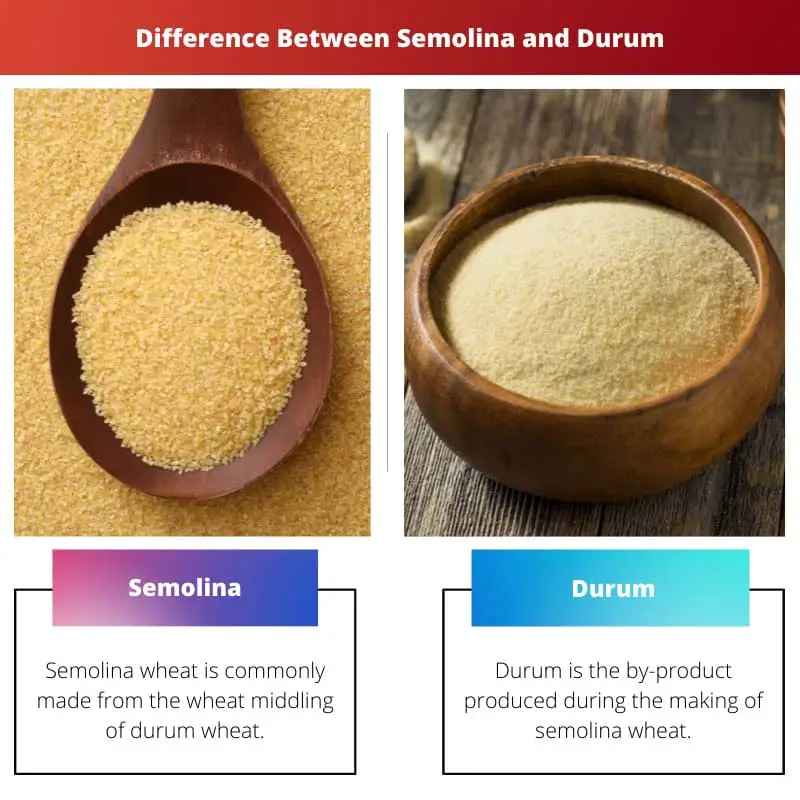Wheat is a necessary component of our diet. It can be consumed in various forms or dishes like bread, pancakes, and Indian dishes.
The most common and enjoyed form of consumption of wheat is pasta.
Pasta, unknown to many, is made from many types of wheat. Two of the most common ones are semolina and durum.
Though durum is more commonly used, semolina is used for a few types of pasta. Since they are wheat flour, it can be hard to differentiate between them.
Key Takeaways
- Semolina is a coarsely ground flour made from hard wheat, used in various dishes, including pasta, bread, and desserts; durum is a specific variety of hard wheat used to make semolina flour.
- Semolina has a yellowish color and a coarse, gritty texture; durum has a high protein content and a golden color.
- Semolina is used in various dishes and baked goods, while durum is primarily used for making pasta.
Semolina vs. Durum
Semolina is a type of flour made by grinding durum wheat into a coarse texture with a yellowish color and a granular consistency. Durum is a variety of wheat known for its high protein and gluten content, has a hard texture, and is used in making pasta and bread.

Semolina is the wheat middling of durum species of wheat. They have a course and heavy texture.
The semolina wheat flour is also coarse but makes a good dough that strengthens on heating.
Durum is the leftover product during the production of semolina wheat flour. This is the only tetraploid wheat species and therefore has a fine and ground texture.
It makes a soft dough that is easily moldable.
Comparison Table
| Parameters of Comparison | Semolina | Durum |
|---|---|---|
| Wheat type | Wheat middling of durum species of wheat. | Only wheat species is tetraploid. |
| Flour Texture | Coarse flour, so it makes a good dough that strengthens on heating | Due to the ground texture, it makes a soft dough. |
| Texture | Coarse and heavy texture | Fine texture |
| Function | The texture allows it to make thick and strengthened dough on a heating | Usually makes a soft dough that can be bent and curved easily |
| Use | Usually used for making pasta dough like macaroni with distinct shapes. | Used for making dough for spaghetti, noodles, and lasagna. |
What is Semolina?
Semolina wheat is commonly made from the wheat middling of durum wheat. It has a yellow hue to it. But this color differs with the usage of different wheat.
If the wheat type is softer than durum wheat, then the color of semolina wheat appears almost white.
The wheat is coarse and heavy, making the wheat flour also coarse. The coarse texture holds together the dough made from semolina wheat flour, and this strengthens on heating.
This is why they are used for making distinctly shaped kinds of pasta like penne, macaroni, etc., and other delicacies like puddings and cereals.
Since semolina comes from durum, it takes more time to complete digestion. So this can be the perfect component of a weight-loss diet program.
It is also rich in potassium and vitamin B-complex. It can improve and maintain kidney functioning as well.
It might not be safe for one suffering from celiac disease or gluten sensitivity as it contains gluten.

What is Durum?
Durum is the by-product produced during the making of semolina wheat. It has a pale-yellow appearance, whereas all the other whole-wheat kinds are tan or brown.
Unlike other wheat, the whole wheat berry is ground to give the wheat flour.
The wheat has a ground texture, whereas the wheat flour has a fine texture. So, the durum wheat flour dough is soft.
They can be curved and molded easily. Durum flour is used in spaghetti, noodles, and lasagna.
Since it is the only kind of wheat that is tetraploid, it is considered to be the most significant kind of wheat nutritionally. High in protein and has a low gluten content as well.
They contain a much higher percentage of proteins and minerals than other whole-wheat grains.
Since it is comparatively heavier than other whole wheat, it is not used for baking bread or other products. Even though the gluten content is low in durum, it is still not consumable by the ones who are gluten sensitive.

Main Differences Between Semolina and Durum
- Semolina is the wheat middling of durum species, whereas durum is a special tetraploid species of wheat. This is the only species of wheat that is tetraploid.
- Semolina flour has a coarse texture, making good doughs that strengthen on heating up. Due to its ground texture, Durum makes a soft dough that is easily moldable.
- Semolina wheat has a coarse and heavy texture, whereas durum has a fine texture.
- The coarse texture of semolina flour allows it to make thick doughs that strengthen on heating. Whereas durum wheat, having a fine texture, makes a soft dough that can e bend and curve easily.
- Semolina flour is used for making distinctly shaped pasta doughs like macaroni. But durum flour is used for making noodles or dough for spaghetti and lasagna.

- https://onlinelibrary.wiley.com/doi/abs/10.1002/fsn3.83
- https://www.sciencedirect.com/science/article/pii/S0733521009000022





The details about the differences between semolina and durum are exceptional, I’ve learned a lot from this post
Interesting to learn more about semolina and durum, great info for aspiring chefs
This article provides a great comparison between semolina and durum, very informative
I had no idea that durum is used to make pasta and has a low gluten content, great information
I can’t believe I didn’t know all this information about semolina and durum, mind-blowing post
Interesting to know that semolina takes more time to digest, good for weight loss diets
I love learning about the different types of wheat and how they are used to make pasta and other delicious dishes
I already knew a lot of this information, but it’s always great to refresh my memory with articles like this one, thanks!
The detailed comparison table makes it so much easier to understand the distinctions between semolina and durum, amazing post!
I can’t believe the difference between semolina and durum is so significant, I’m amazed